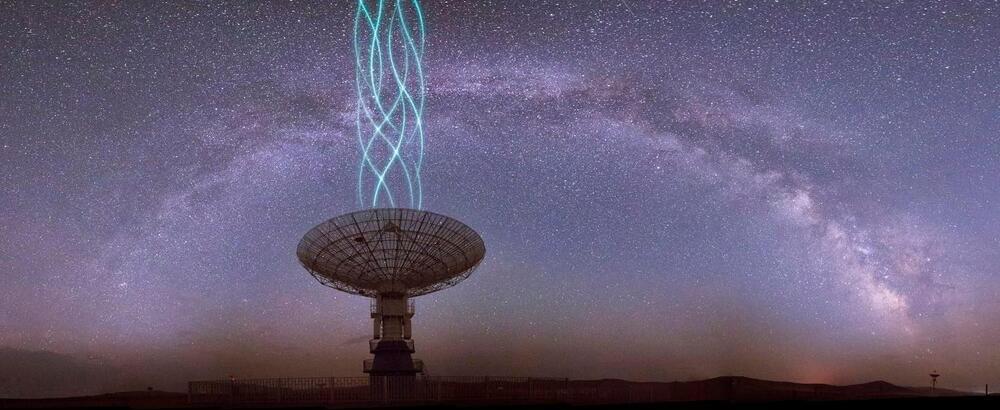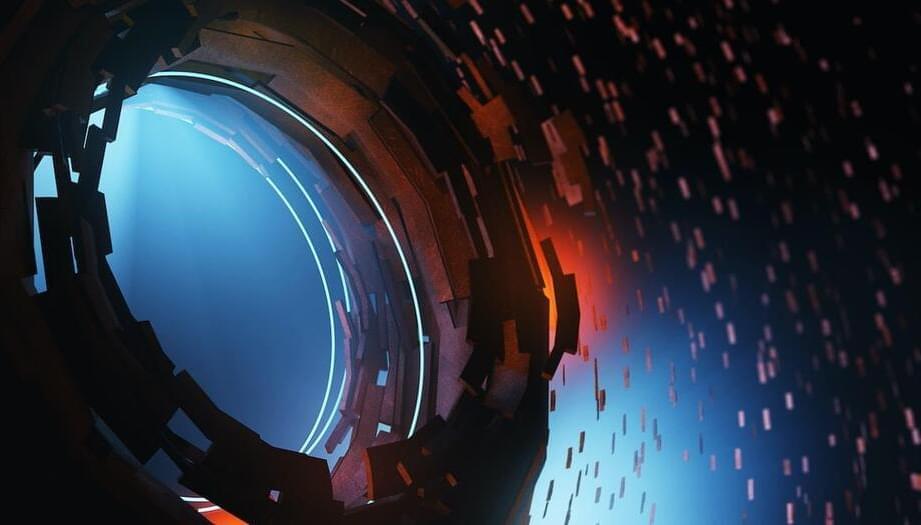Andrej Karpathy is a legendary AI researcher, engineer, and educator. He’s the former director of AI at Tesla, a founding member of OpenAI, and an educator at Stanford. Please support this podcast by checking out our sponsors:
- Eight Sleep: https://www.eightsleep.com/lex to get special savings.
- BetterHelp: https://betterhelp.com/lex to get 10% off.
- Fundrise: https://fundrise.com/lex.
- Athletic Greens: https://athleticgreens.com/lex to get 1 month of fish oil.
EPISODE LINKS:
Andrej’s Twitter: http://twitter.com/karpathy.
Andrej’s YouTube: http://youtube.com/c/AndrejKarpathy.
Andrej’s Website: http://karpathy.ai.
Andrej’s Google Scholar: http://scholar.google.com/citations?user=l8WuQJgAAAAJ
Books mentioned:
The Vital Question: https://amzn.to/3q0vN6q.
Life Ascending: https://amzn.to/3wKIsOE
The Selfish Gene: https://amzn.to/3TCo63s.
Contact: https://amzn.to/3W3y5Au.
The Cell: https://amzn.to/3W5f6pa.
PODCAST INFO:
Podcast website: https://lexfridman.com/podcast.
Apple Podcasts: https://apple.co/2lwqZIr.
Spotify: https://spoti.fi/2nEwCF8
RSS: https://lexfridman.com/feed/podcast/
Full episodes playlist: https://www.youtube.com/playlist?list=PLrAXtmErZgOdP_8GztsuKi9nrraNbKKp4
Clips playlist: https://www.youtube.com/playlist?list=PLrAXtmErZgOeciFP3CBCIEElOJeitOr41
OUTLINE:
0:00 — Introduction.
0:58 — Neural networks.
6:01 — Biology.
11:32 — Aliens.
21:43 — Universe.
33:34 — Transformers.
41:50 — Language models.
52:01 — Bots.
58:21 — Google’s LaMDA
1:05:44 — Software 2.0
1:16:44 — Human annotation.
1:18:41 — Camera vision.
1:23:46 — Tesla’s Data Engine.
1:27:56 — Tesla Vision.
1:34:26 — Elon Musk.
1:39:33 — Autonomous driving.
1:44:28 — Leaving Tesla.
1:49:55 — Tesla’s Optimus.
1:59:01 — ImageNet.
2:01:40 — Data.
2:11:31 — Day in the life.
2:24:47 — Best IDE
2:31:53 — arXiv.
2:36:23 — Advice for beginners.
2:45:40 — Artificial general intelligence.
2:59:00 — Movies.
3:04:53 — Future of human civilization.
3:09:13 — Book recommendations.
3:15:21 — Advice for young people.
3:17:12 — Future of machine learning.
3:24:00 — Meaning of life.
SOCIAL:
- Twitter: https://twitter.com/lexfridman.
- LinkedIn: https://www.linkedin.com/in/lexfridman.
- Facebook: https://www.facebook.com/lexfridman.
- Instagram: https://www.instagram.com/lexfridman.
- Medium: https://medium.com/@lexfridman.
- Reddit: https://reddit.com/r/lexfridman.
- Support on Patreon: https://www.patreon.com/lexfridman





